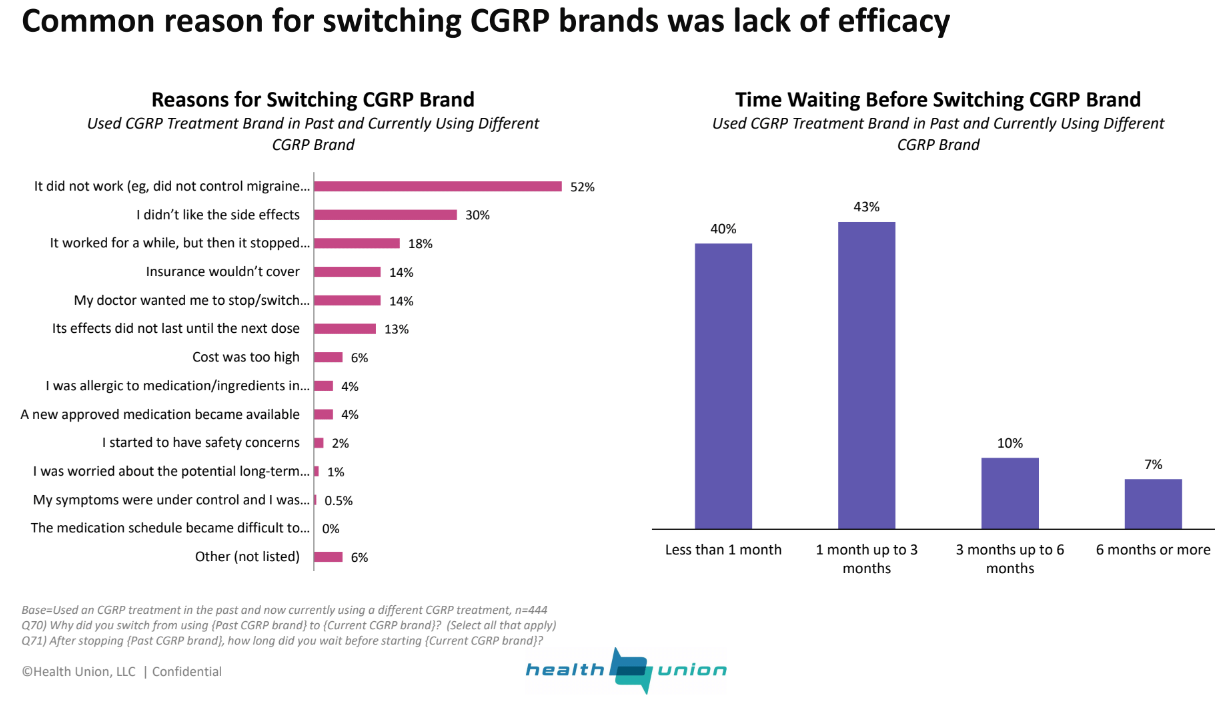Pilot Study Finds Green Light Therapy Improves Fibromyalgia Symptoms
/By Pat Anson, PNN Editor
Fibromyalgia patients exposed to green light therapy had significant improvements in their pain, sleep and quality of life, according to a new pilot study published in the journal Pain Medicine.
The small clinical trial by researchers at the University of Arizona is the first to explore the benefits of green light in treating fibromyalgia symptoms. Previous studies have focused on green light therapy as a treatment for migraine headaches. Green light is believed to have a calming effect on the brain and causes less eye strain.
Twenty-one adult patients with fibromyalgia being treated at the university’s chronic pain clinic were enrolled in the study. They were exposed to green light-emitting diodes (GLED) for one to two hours daily for 10 weeks. While undergoing treatment, patients were asked to avoid all other sources of light, including computers, smartphones and television, but encouraged to engage in other activities such as reading and listening to music, and to avoid falling asleep.
“To our knowledge, this one-way crossover design efficacy-study clinical trial is the first description of a successful implementation of GLED exposure as a therapy to manage fibromyalgia pain without any reported side effects. The patients enrolled in this study reported significant reduction in their overall average pain intensity, frequency, and duration after GLED treatment,” wrote lead author Mohab Ibrahim, MD, an associate professor in the Departments of Anesthesiology and Pharmacology at UArizona College of Medicine-Tucson.
In addition to less pain, patients also reported better mood and sleep, and improvements in their ability to work, exercise and perform chores. Eleven patients said they also reduced their use of pain medication, including opioids, while being exposed to green light.
“GLED may be a safe and affordable method to manage fibromyalgia. We did not observe side effects in animal studies or in reports from our patients. The observed safety and efficacy, coupled with the simplicity of this method, merit further investigation and the design of a randomized clinical trial to fully investigate the role of GLED for fibromyalgia and possibly other chronic pain conditions,” researchers concluded.
Fibromyalgia is a poorly understood disorder characterized by widespread body pain, fatigue, poor sleep and depression. Many patients report conventional treatments for fibromyalgia are ineffective or have unwelcome side effects.
In an email to PNN, Ibrahim said he was conducting two more studies on the use of green light to treat other pain conditions, but was not ready to release his findings. He recently reported the results of a small study of green light as a preventative therapy for migraine.
“Should anyone use green light products? The risk is low, but I still suggest people speak with their physicians first before attempting any therapy,” Ibrahim said.
Light Sensitivity
Although more research is needed to fully understand how green light therapy works, some commercial products are available to the public without a prescription.
One is a portable green light lamp made by Allay, a company founded by Harvard Medical School Professor Rami Burstein, PhD, who was the first researcher to discover that different colors in the light spectrum can affect light sensitivity – known as photophobia – among migraine sufferers.
Burstein learned that blue light (the light emitted by TVs and computer screens) can trigger migraines, while a narrow band of green light at low intensity can reduce the severity of migraine attacks.
“Green light has a calming effect because it reduces electrical activity (in the brain),” Burstein told PNN. “It is the only color of light that is associated with positive emotion and reducing anxiety. All other colors of light increase anxiety, irritability, being afraid, being scared, being angry, a whole host of negative emotions.”
Burstein and his partners asked lighting experts to design an affordable green light lamp that people can use at home. Initial estimates ran in the thousands of dollars, but they have since managed to reduce the cost to $150.
ALLAY IMAGE
“It is safe. It’s not invasive. It is inexpensive,” Burstein says. “Try it. Give it a month or two. If it doesn’t work, you can return it for free. No questions asked.”
Allay began selling the lamps in January with a money back guarantee. Of the 3,000 lamps sold so far, Burstein says less than 4 percent of customers have asked for their money back. He expects an updated version of the lamp to be available by the end of the year for less than $100.
Burstein says the lamp eliminates photophobia in nearly all migraine patients. He recommends that migraine sufferers use the Allay lamp one to two hours every day to reduce the frequency and severity of headaches.










